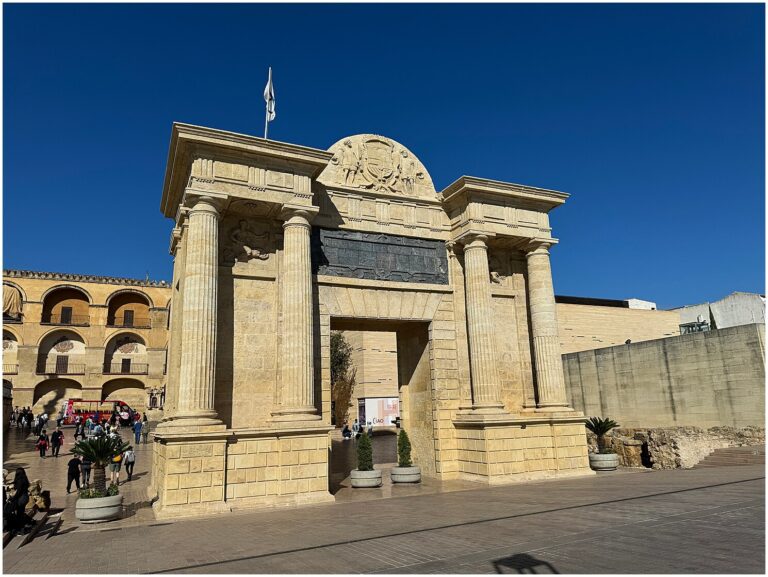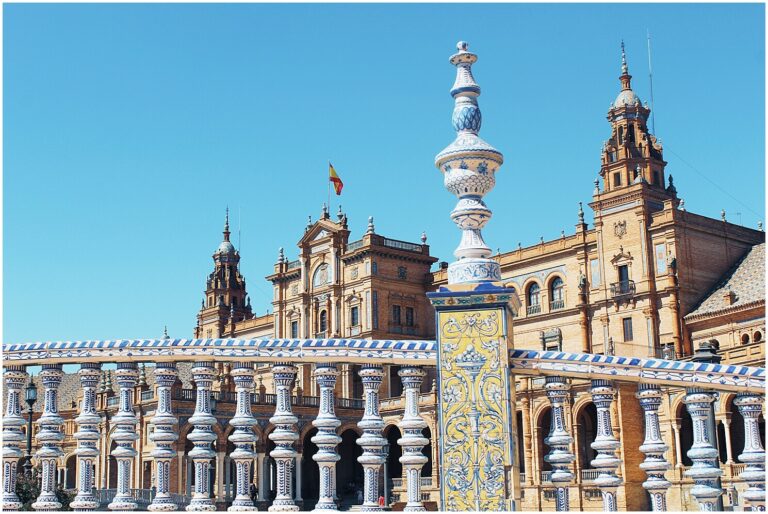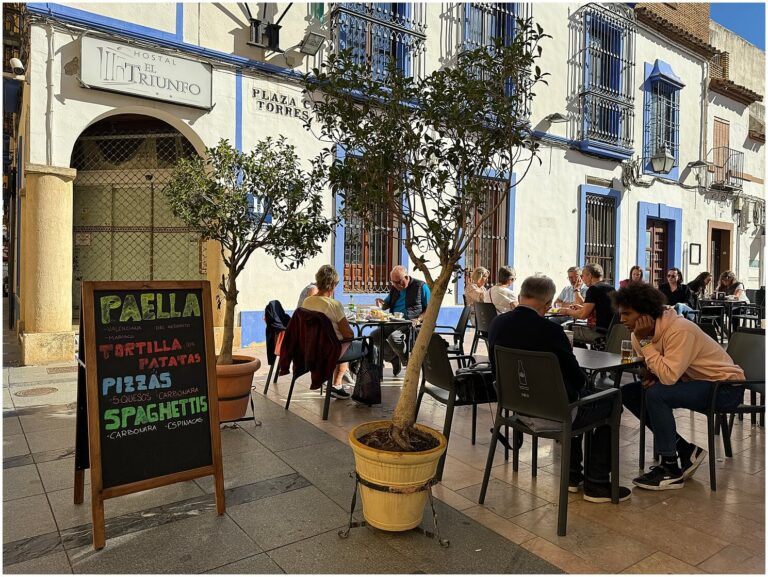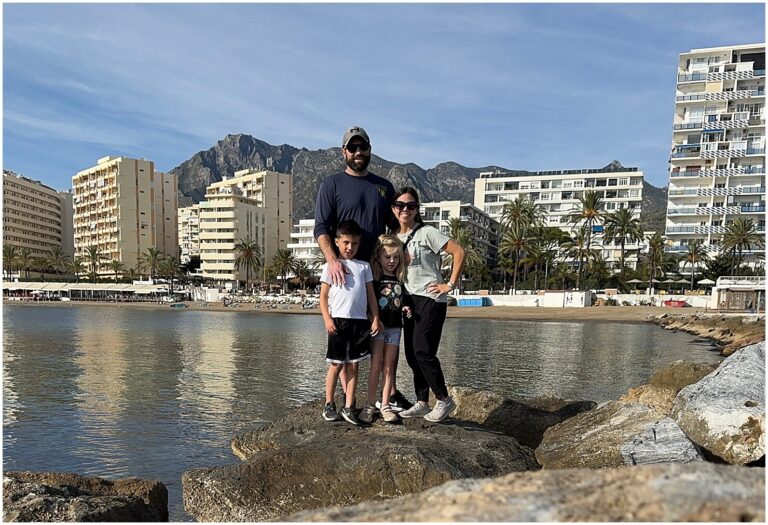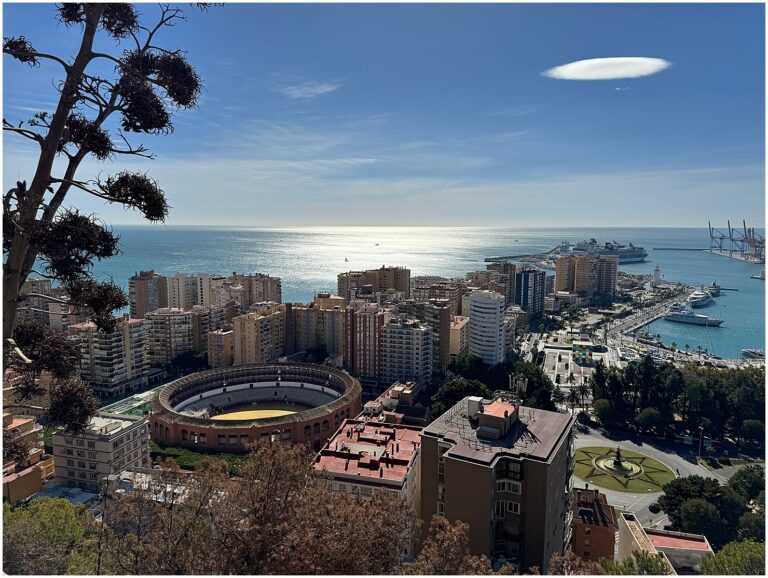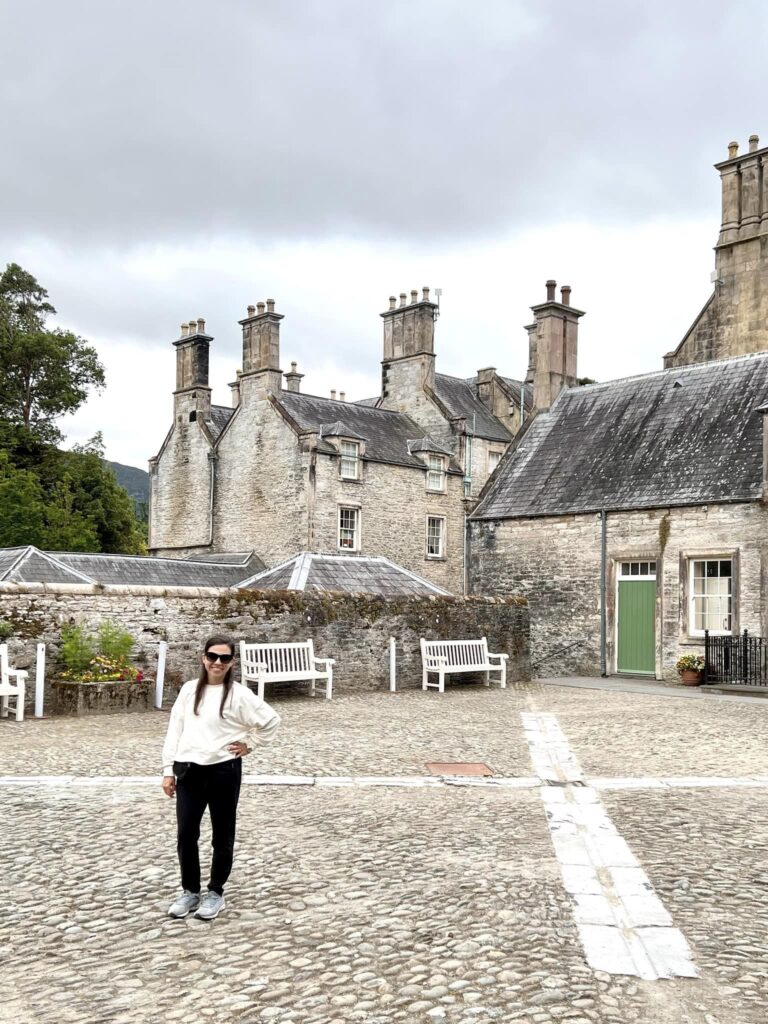Cordoba or Toledo Spain | Compare and Contrast
In the Fall 2023, my family and I set foot on the soil of Spain, ready to experience a cultural adventure. Our itinerary unfolded with the choice between two historic gems, Cordoba or Toledo.
As we meandered through the labyrinth streets, marveled at architectural wonders, and savored the flavors of Spain, the decision between which was better, Cordoba or Toledo, became a dilemma.
Join me as we navigate the rich charm of these two cities, each offering a unique chapter in our family’s Spanish adventure.
- Cordoba: The Riverside Elegance
- Mesmerizing Mezquita-Catedral:
- The Enchanting Jewish Quarter:
- Cordoba’s Patios Festival:
- Toledo: The Imperial City
- Toledo’s Alcazar and Imperial Majesty:
- Old Town’s Medieval Marvels:
- Toledo’s Craftsmanship and Steel:
- The Architectural Contrast
- Cordoba’s Sierra Nevada Backdrop:
- Toledo’s Alcantara Bridge and City Views:
- Culinary Adventure
- Cordoba’s Culinary Scene:
- Toledo’s Food Heritage:
- Why is Cordoba so popular?
- Is it better to stay in Córdoba or Seville?
- Is it worth going to Toledo Spain?
- Final Thoughts
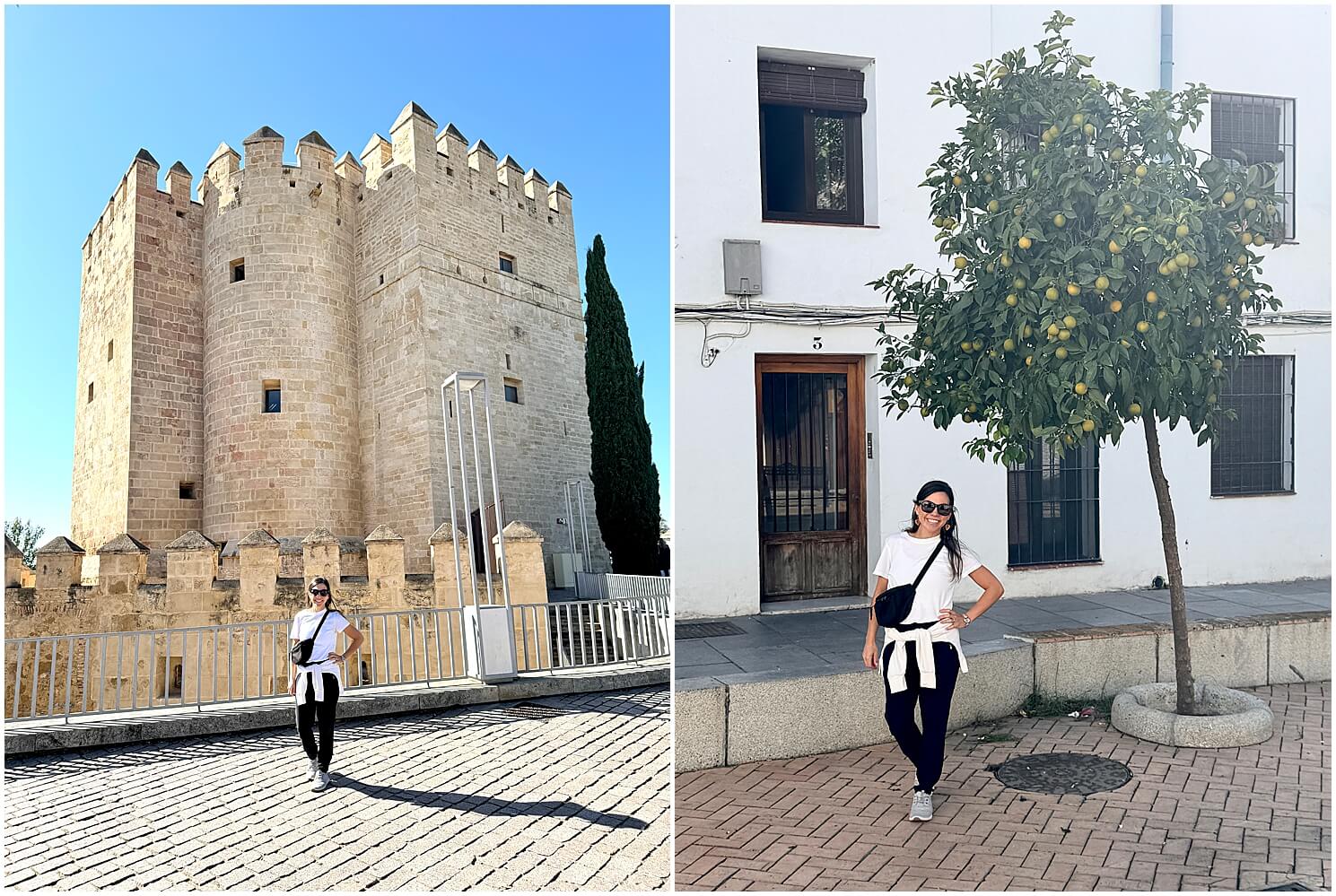
Cordoba: The Riverside Elegance
Mesmerizing Mezquita-Catedral:
Cordoba, with its riverside elegance, welcomed us with the awe-inspiring Mezquita-Catedral. The seamless blend of Islamic and Christian architecture within its walls stood as a testament to Cordoba’s layered history.
The Mezquita’s iconic horseshoe arches and the brilliant mihrab transported us to a time when Cordoba was a beacon of Islamic culture.
The Patio de los Naranjos, adorned with citrus trees and fountains, added a touch of tranquility to the grandeur.
The Enchanting Jewish Quarter:
Our exploration led us through Cordoba’s Jewish Quarter, or Juderia, a maze of narrow streets and white-washed buildings.
The Synagogue, a jewel of Sephardic architecture, echoed with the whispers of Cordoba’s medieval past. Hidden patios, adorned with vibrant flowers, and charming courtyards provided glimpses into daily life in Cordoba’s historical quarters.
The Calleja de las Flores, with its blooms and views of the Mezquita, encapsulated the poetry of Cordoba’s charm.

Cordoba’s Patios Festival:
If you happen to be visiting in May, do not miss the Cordoba Patios Festival, a celebration of exquisite courtyards adorned with flowers.
Cordoba’s streets transformed into a living canvas, where residents showcased their artistic prowess in creating the most stunning patios.
Each courtyard, a burst of color and fragrance, revealed Cordoba’s deep appreciation for its architectural and horticultural heritage.
Toledo: The Imperial City
Toledo’s Alcazar and Imperial Majesty:
Toledo, the imperial citadel, unfolded its story with the imposing Alcazar at its heart. The fortress, perched on a hill, offered panoramic views of the Tagus River and the city below.
Toledo’s Alcazar, a witness to centuries of history, stood as a symbol of imperial might and architectural splendor.
As we explored its royal halls and fortified walls, Toledo revealed itself as a guardian of Spain’s imperial legacy.
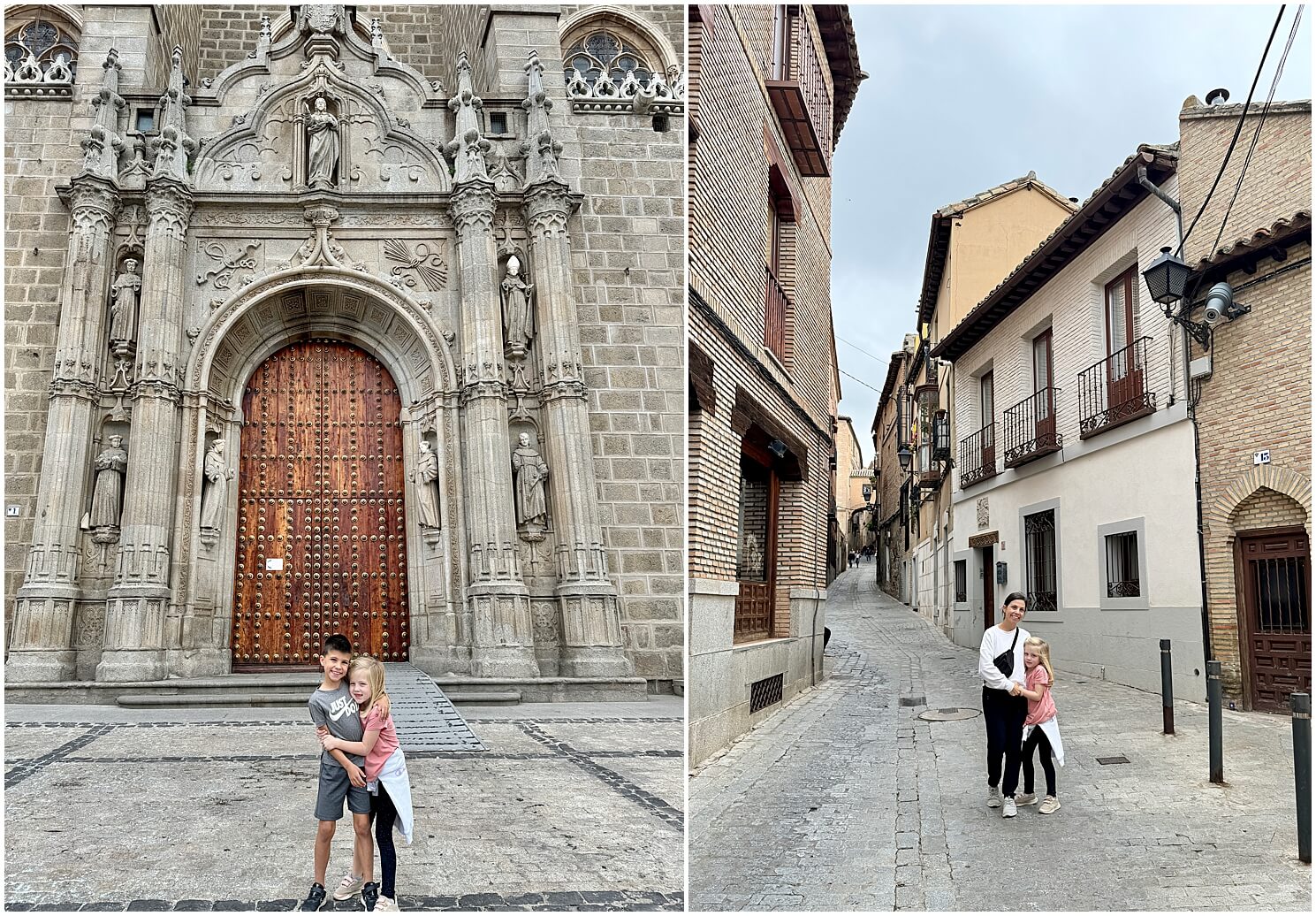
Old Town’s Medieval Marvels:
The old town of Toledo, a UNESCO World Heritage site, captivated us with its medieval marvels. Cobblestone streets led us through a labyrinth of alleys, revealing centuries-old churches, synagogues, and mosques.
The Cathedral of Toledo, a Gothic masterpiece, loomed over the cityscape, showcasing intricate architecture and artistic treasures.
Toledo’s old town, a living museum, immersed us in the charm of Spain’s diverse cultural influences.
Toledo’s Craftsmanship and Steel:
Toledo, renowned for its craftsmanship, embraced us with the artistry of steel. The city’s historic sword-making tradition, dating back to Roman times, came to life in the workshops of skilled craftsmen.
Explore the Toledo Sword Workshop and witness the meticulous process of forging and crafting the famous Toledo blades.
The marriage of tradition and craftsmanship echoed Toledo’s enduring commitment to its artisanal heritage.
The Architectural Contrast
Cordoba’s Sierra Nevada Backdrop:
Cordoba’s architectural splendors extended beyond the Mezquita to the city’s historic center. The Cathedral, with its grand facade and imposing presence, stood in stark contrast to the intricate charm of the Mezquita.
The Roman Bridge, spanning the Guadalquivir River, connected the historic quarters, offering breathtaking views of the Mezquita’s silhouette against the Sierra Nevada backdrop.
Cordoba, a city of architectural dialogues, unfolded as a charm where diverse influences harmoniously coexisted.
Toledo’s Alcantara Bridge and City Views:
Toledo, perched on the banks of the Tagus River, narrated its architectural tale through landmarks like the Alcantara Bridge.
The medieval bridge, with its arches reflecting in the river below, provided a picturesque entry to Toledo. From the Mirador del Valle, a panoramic viewpoint, we marveled at Toledo’s skyline, where the Alcazar, Cathedral, and city walls formed a silhouette against the vast Spanish sky.
Toledo, a city of imperial grandeur, spoke to us through its skyline, echoing tales of conquests and cultural richness.
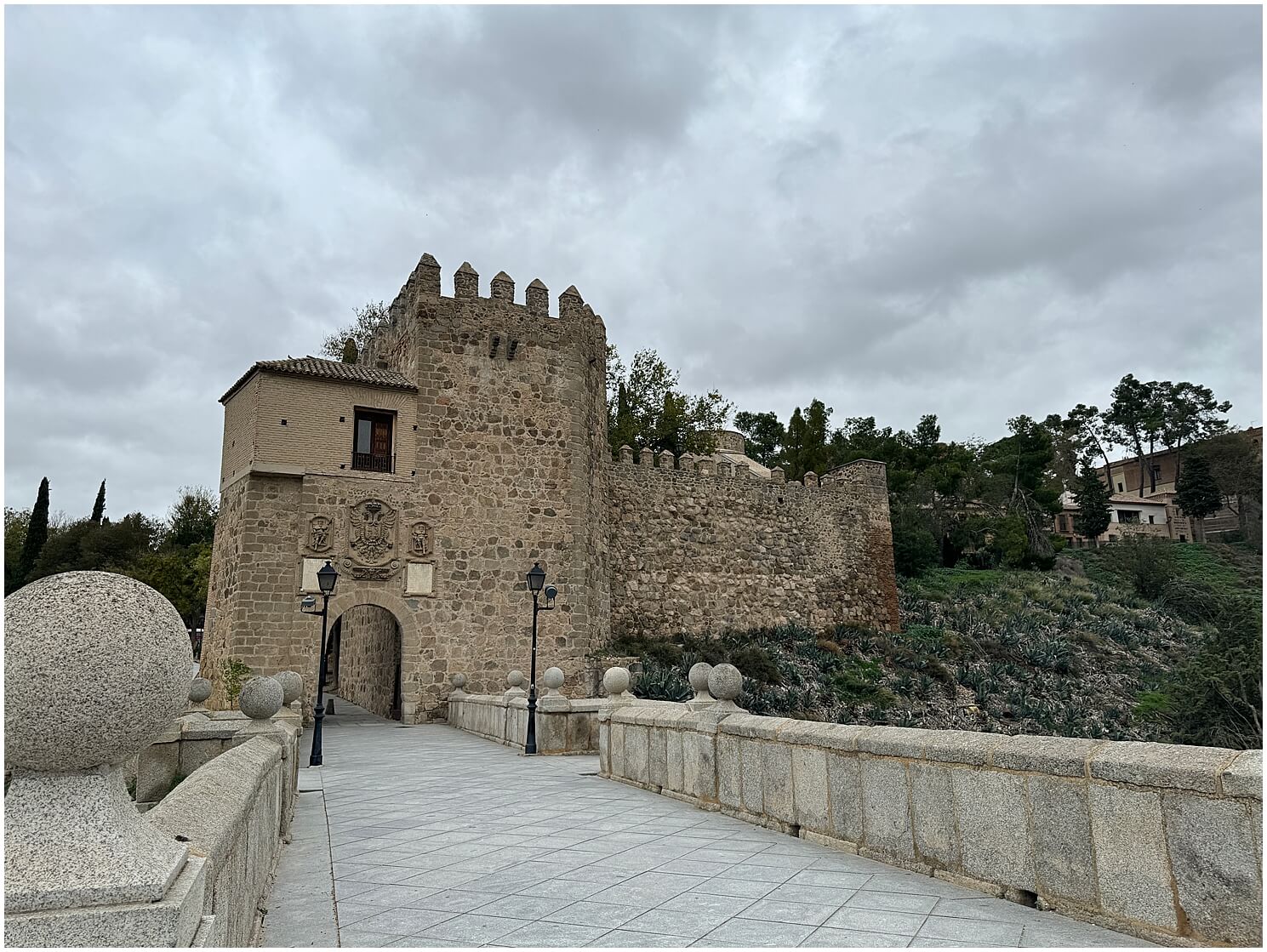
Culinary Adventure
Cordoba’s Culinary Scene:
Cordoba, a city of culinary treats, beckoned us to explore its tapas culture and traditional dishes. The Plaza Nueva, lined with tapas bars, became our gastronomic haven.
From traditional offerings like patatas bravas to local specialties, Cordoba’s tapas were a celebration of flavors. The intimate cafes of the Albaicin district and rooftop terraces provided both delicious bites and panoramic views.
Toledo’s Food Heritage:
Toledo, with its gastronomic heritage, invited us to savor the richness of Castilian cuisine. The city’s restaurants and markets showcased local specialties like marzipan, Manchego cheese, and roast lamb.
Be sure to explore the Mercado de San Agustin, where the aromas of spices and freshly baked bread filled the air.
Toledo’s culinary offerings, deeply rooted in tradition, allowed us to taste the flavors of Spain’s heartland.
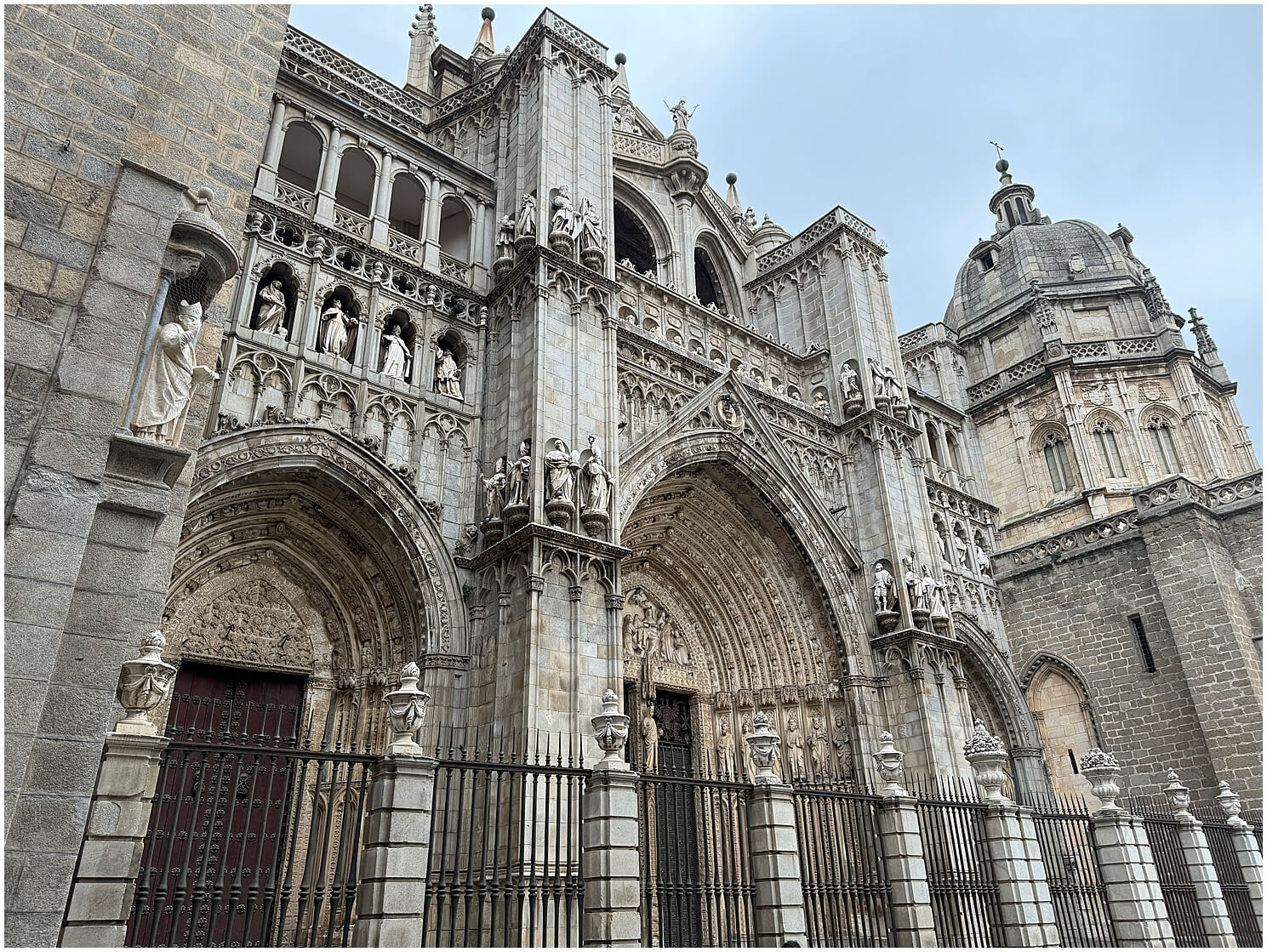
Why is Cordoba so popular?
Cordoba’s popularity stems from its historic allure, most notably the mesmerizing Mezquita, a UNESCO World Heritage site. The city’s rich Islamic, Christian, and Jewish heritage, combined with its charming old town, vibrant festivals, and flower-filled patios, make Cordoba a cultural gem that captivates visitors.
Is it better to stay in Córdoba or Seville?
Choosing between Córdoba and Seville depends on preferences. Córdoba offers a more intimate historical setting, centered around the stunning Mezquita. Seville boasts a larger, dynamic cityscape with iconic landmarks like the Alcazar and Giralda. The decision hinges on desired ambiance and attractions.
Is it worth going to Toledo Spain?
Absolutely, visiting Toledo, Spain, is worthwhile. Its cultural richness, cobbled streets, and panoramic views make Toledo a must-visit destination for history and architecture enthusiasts.

Final Thoughts
As the echoes of our footsteps lingered in the streets of Cordoba or Toledo, our family reflected on the timeless beauty each city had unveiled.
The Mezquita’s arches danced in harmony with Toledo’s medieval skyline, and the flavors of Cordoba’s tapas resonated with the gastronomic heritage of Toledo.
Our fall journey through Spain became not just a vacation but a cultural adventure, a kaleidoscope of historical narratives and architectural wonders.
As we said “adios” to Spain’s historic embrace, we carried with us the echoes of Cordoba or Toledo with us back to New England.

More Resources:
Malaga vs Marbella | Which City To Visit?
1 Day in Cordoba Spain: A Journey Through Time
Granada vs Cordoba | Compare and Contrast
Madrid vs Malaga | Compare and Contrast
Exploring the Enchanting White Villages in Andalucia
Madrid to Toledo | Car or train?
